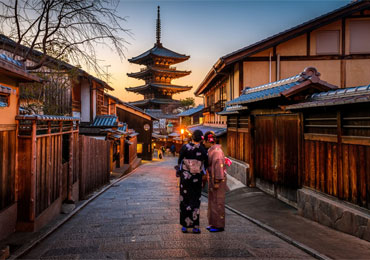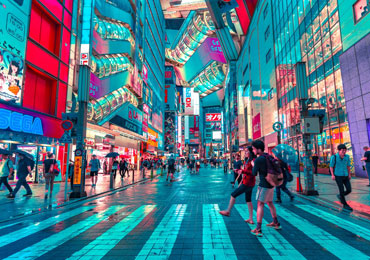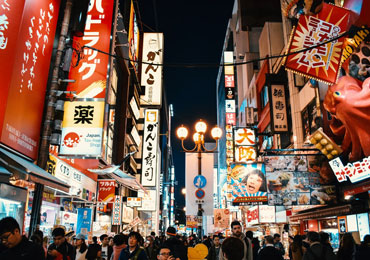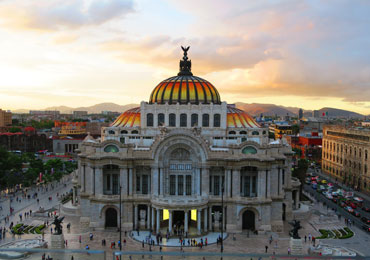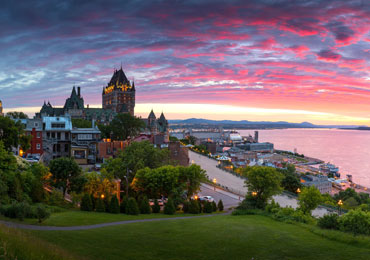History of Shanghai
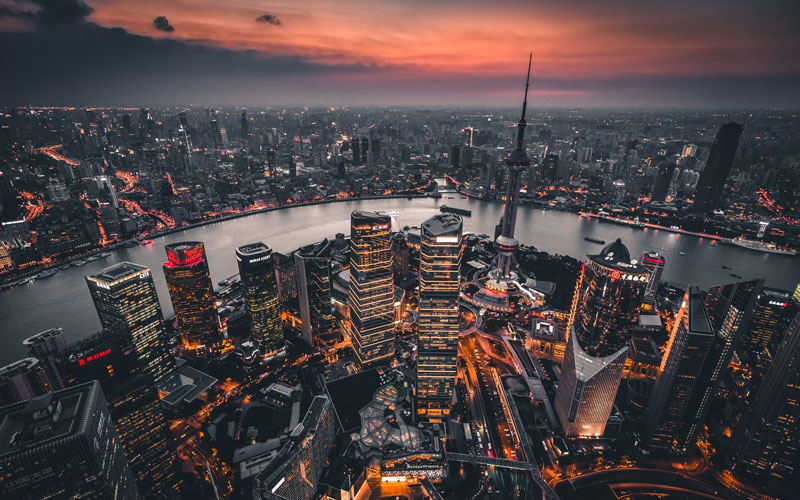
With an area of about 6,300 square kilometers, Shanghai is one of the largest metropolises and the world's famous financial center that can be divided into 16 further districts. The history of shanghai began when around 6,000 years ago, people started to live here. With time the area developed gradually into a trade center and a small port. Slowly, with few rapid advancements, Shanghai developed into the city that it is today.
It goes back to around 6,000 years when what is now popular as the west part of Shanghai had become inhabited. The indigenous people of this area used to survive on fishing and hunting.
Beginning from the Qin dynasty (221 BC – 207 BC) onwards to the Han dynasty (206 BC – 220 BC), Shanghai started to develop as a fishing village, and slowly with time, the economic relations with the inland cities strengthened.
In the Jin dynasty (265 – 420 AD), Shanghai continued to flourish and enjoyed the paced advancement. The rapid growth and development continued in the Tang and Sui dynasties (581 AD – 907 AD) as well. With places abroad and at home, the cultural and economic trade grew along with the gathering of a large population. The city government took charge of the ancient area of Shanghai in the year 751. The country of Huating was also established in the same year during the Tianbao years of the Tang dynasty. A new Qinglong port was established, allowing the ships to sail to coastal cities like Korea and Japan.
In the initial period of the Song dynasty in 960 to 1279 AD, the shift of the trade center to the northeast of Huating County gave birth to a small town. In the year 1267, the town of Shanghai came into being and soon became one of the seven Bureaus for Foreign Shipping. In 1292 during the Yuan dynasty, the shanghai county came into existence that is today's Minhang district.
The Port of Shanghai city became a significant trading center in the 18th and 19th century that was the end of the Ming dynasty and the start of the Qing dynasty. Till then the Shanghai county developed into a popular city in southeast China.
After the First Opium War in 1840, the British made Shanghai a treaty port in 1843. Numerous other countries also established concessions there. Some of them opened factories, whereas others pursued industrial raw materials. With developments and advancements, including the setting up of enterprises in banking, shipping, printing, public utilities, pharmacy, and architecture, the city flourished into a prosperous port and a center for culture and economy. Shanghai at that time was the only metropolis in Asia on the international level.
The Republic of China was established in 1912. At that time, the area of Shanghai was under Jiangsu Province with ten suburbs. In the year 1912, the Communist Party of China had its first National Congress in Shanghai.
In the 1930s, the modern industry grew rapidly in Shanghai and was known as the Paris of East. It became a hub of a number of large enterprises and advanced equipment and techniques. Additionally, all kinds of foreign goods entered the city. Meanwhile, foreign China and locals as well started to establish their businesses here, and popular industries came into existence.
After a period of success and prosperity, the city went through the phase of World War II. In the 1930s it became the shelter for Jewish refugees, Shanghai was seized by Japan. The 1940s is the time when slowly the countries started to give up their foreign concessions in Shanghai. And later in 1945, the Republic of China officially took over those concessions putting an end to the foreign concessions.
In 1949 the People's Republic of China was founded following which Shanghai managed to recover its economy. During this period a boost in the industry was observed.
More critically Shanghai, in 1990, Deng Xiaoping assigned Shanghai to lead China's economic development, with the Pudong New Area on the east side of the Huangpu River scheduled for improvement into Shanghai's new economic focus. Overnight, this former farmland changed into the home of a portion of China's greatest structures, including the first and biggest stock trade center, the tallest TV tower in Asia, the tallest hotel in China, and the second-biggest retail chain on the planet. The structure trend proceeded all through the 1990s and into the 21st century, with the establishment of new buildings and structures.
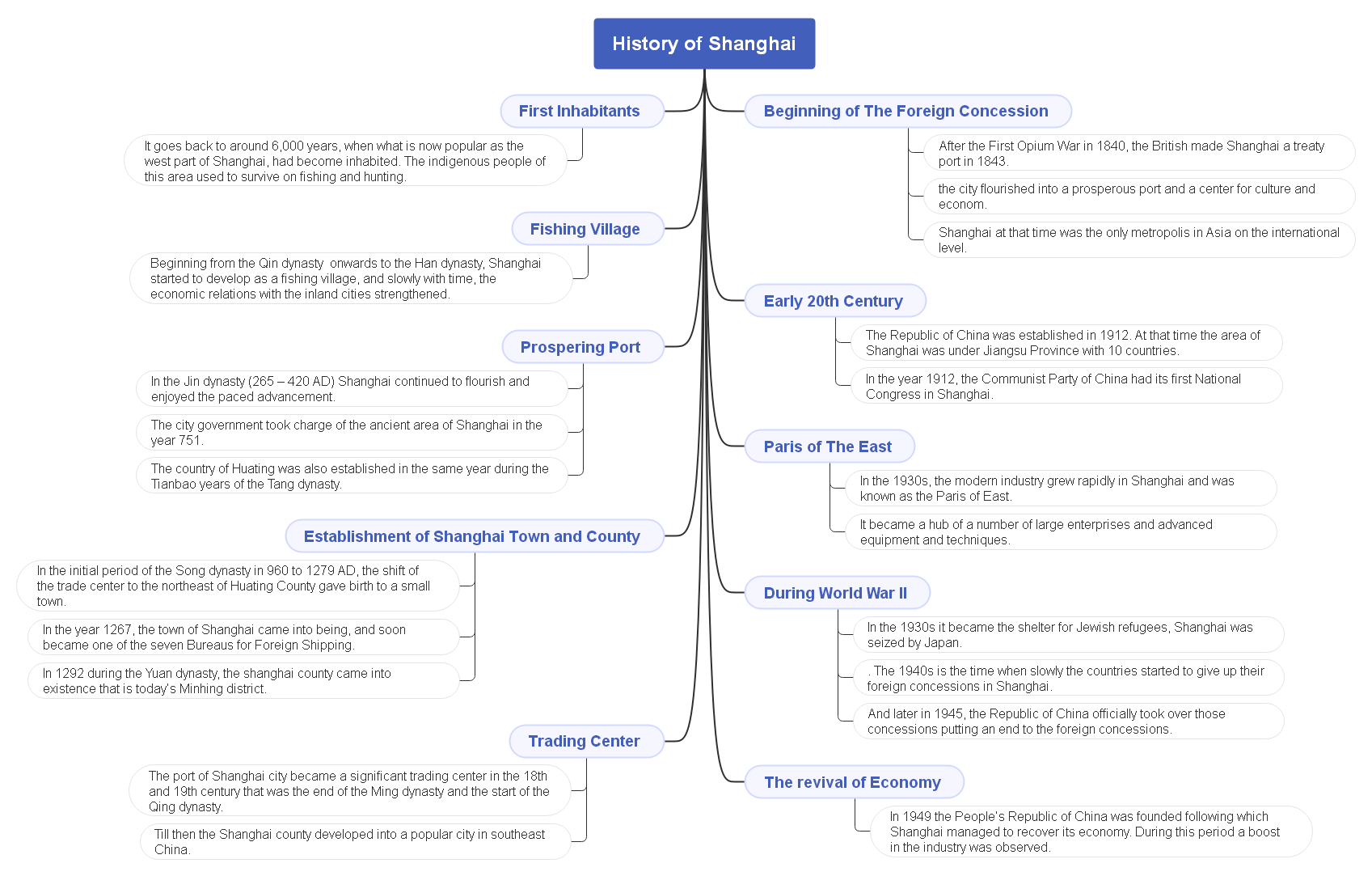
Shanghai, widely known as the Paris of East and Pearl of Asia, is a city of commerce, youth, and an international beat that goes through each side river walk and street. The city is china's bustling metropolis, and here are a few interesting facts about it.
- Shanghai is a transportation powerhouse.
- The population of Shanghai is around 27 million making it one of the largest cities in the world.
- Shanghai is the world's economic and cultural center.
- Shanghai is close to a number of ancient water towns.
- The people of Shanghai are mostly sweet tooth.
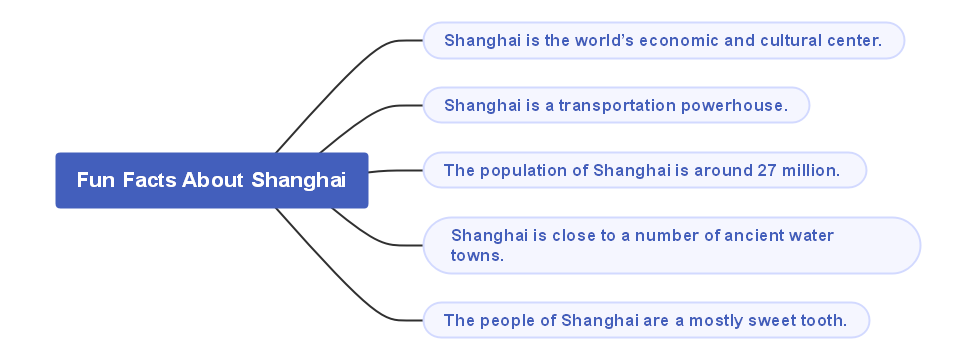
Since 1978, when China's reforms and opening-up were observed, Shanghai has significantly profited by its own perks and favorable national policies. With the change and rebuilding of the financial system, the city built up its native economy and improved the living standards for its people. These days the international metropolis of the city is an influential monetary force globally and without a doubt a trade, economic, financial, technology, science, and cultural center of China.
